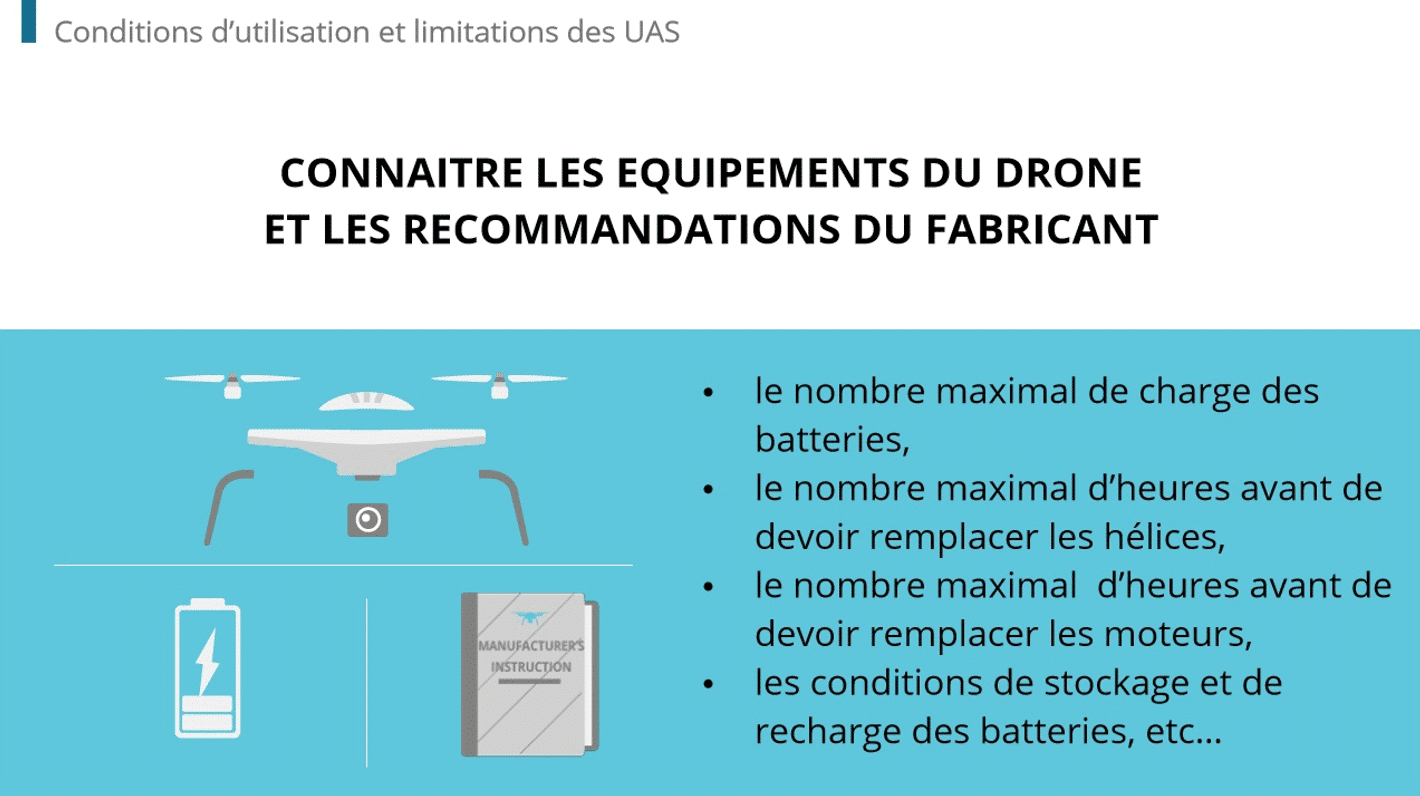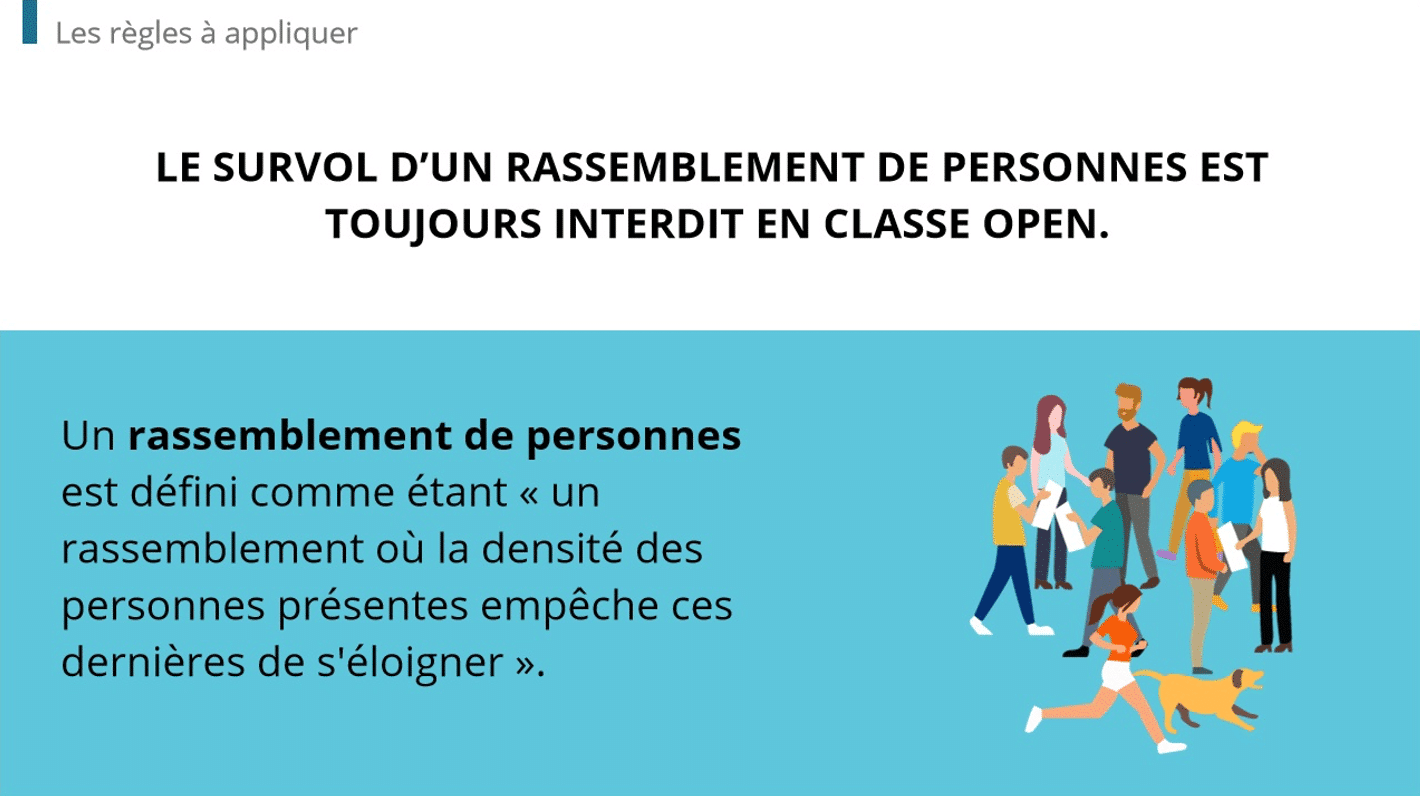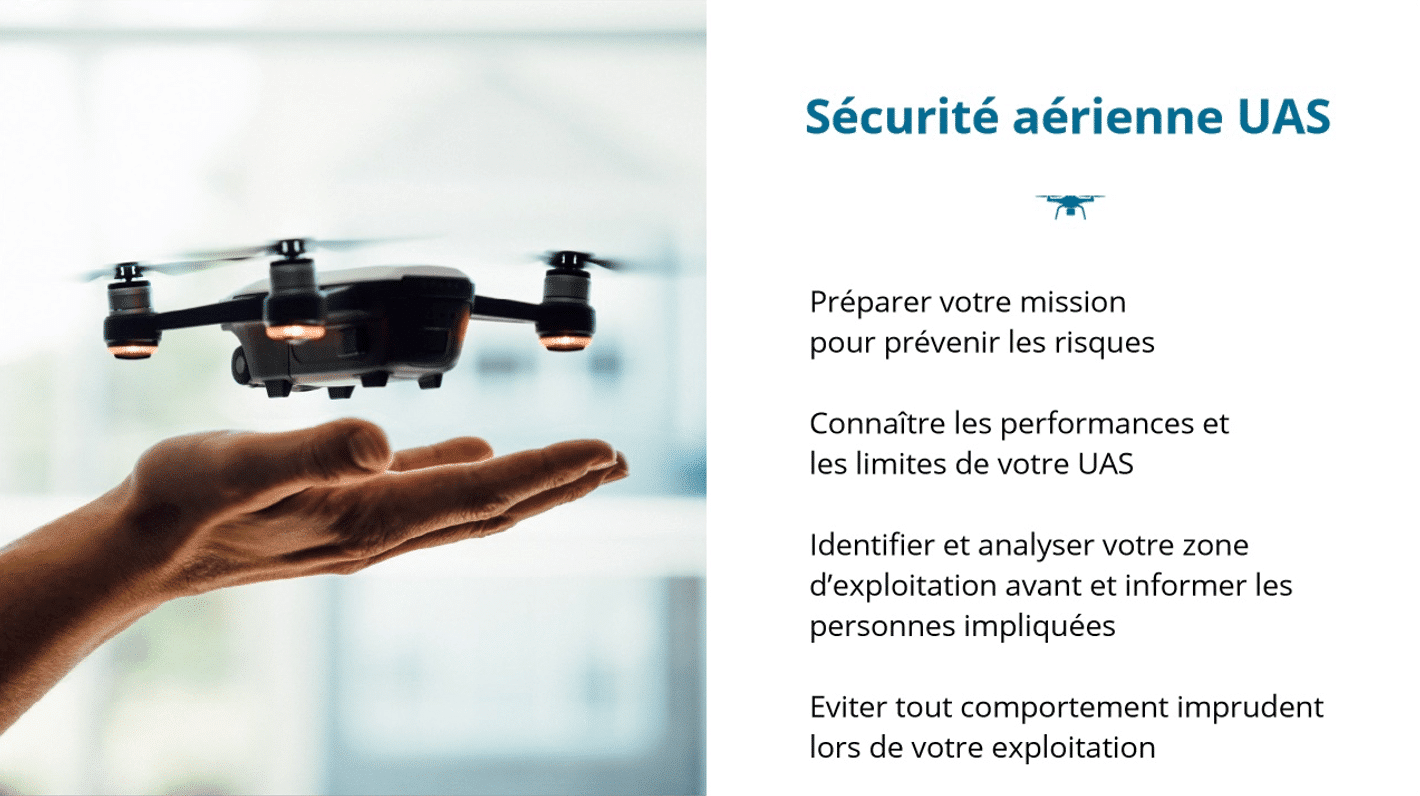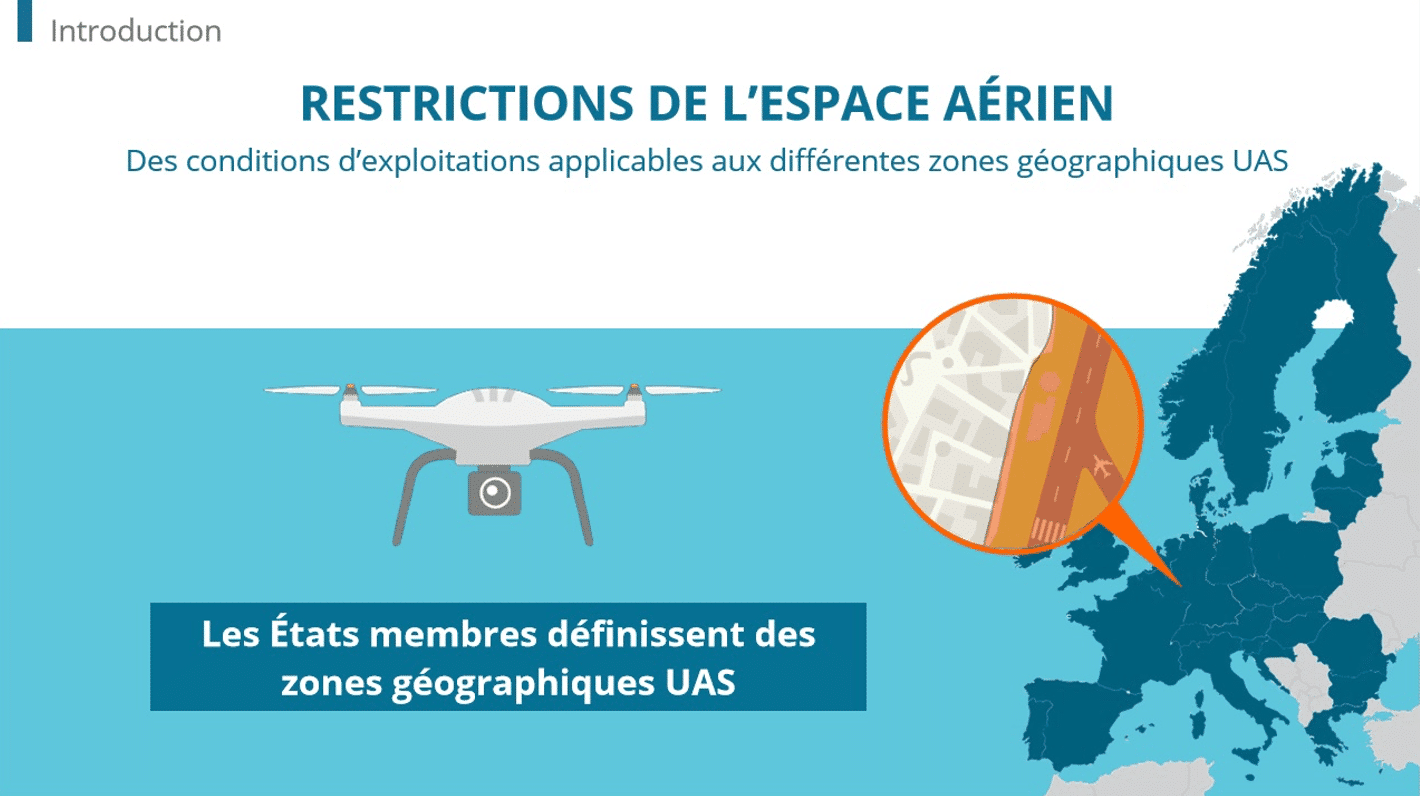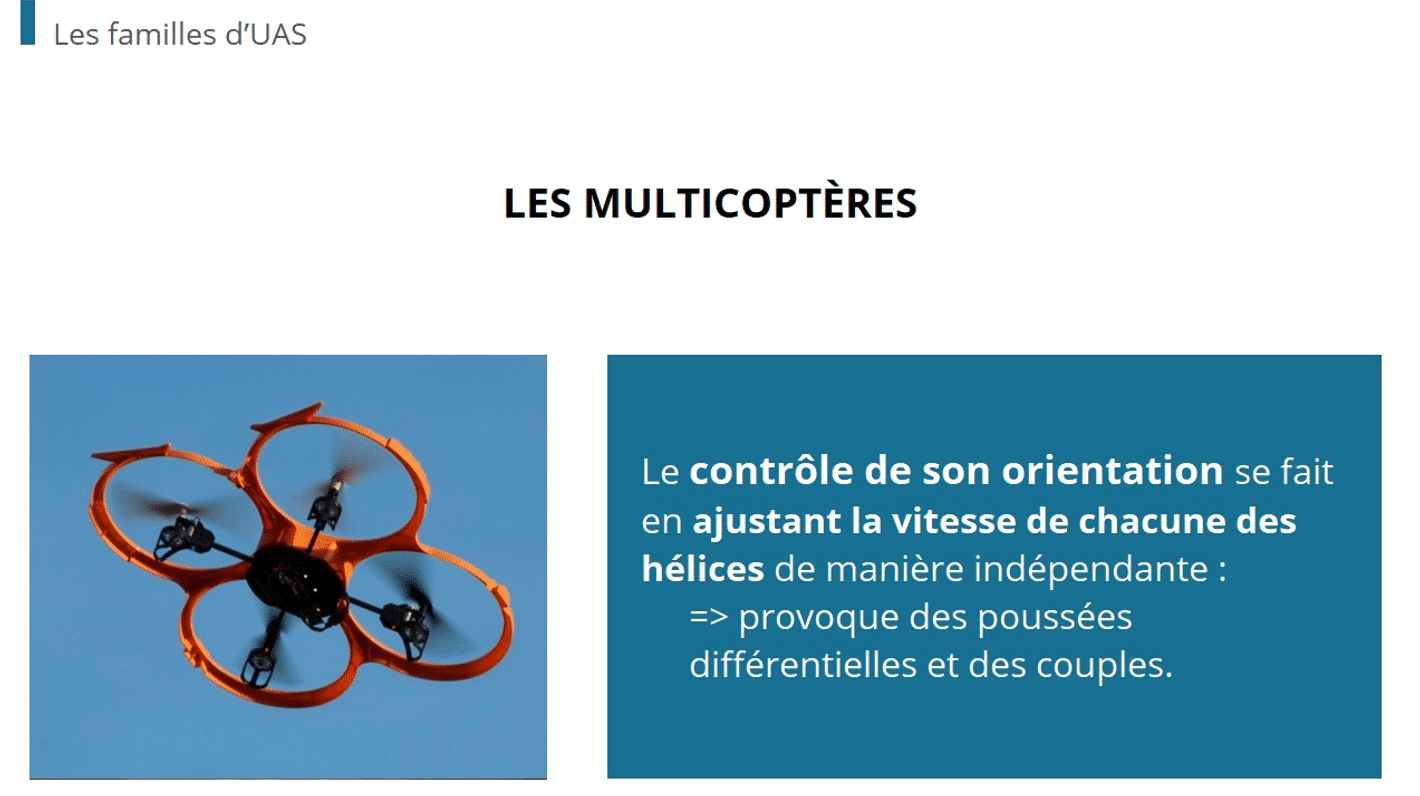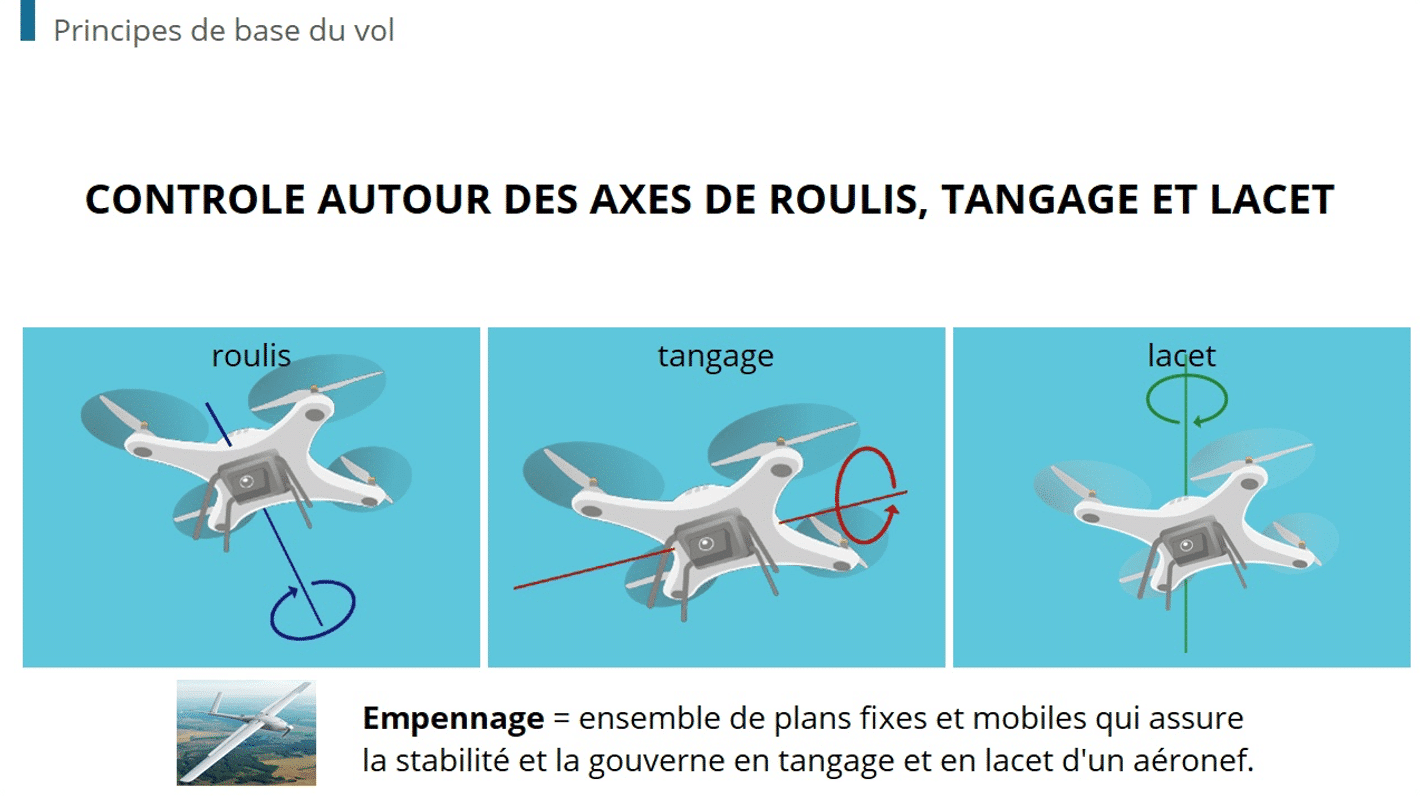The Occupational Safety and Health Administration (OSHA) has strict standards for the manufacturing sector. The aim is to prevent and reduce workplace injuries and fatalities, many of which are preventable and due to negligence. In fact, there were 373,300 recorded incidences of non-fatal injuries on the manufacturing work floor in 2020, according to a U.S. Bureau Labor of Statistics report.
Injury prevention begins with fostering a culture of safety, and that starts with building knowledge. Prioritize safety education via e-learning solutions in a learning management system (LMS) format. Consider these best practices for OSHA compliance education and implementation.
OSHA: Make safety the cultural norm
Safety isn’t a one-off; it should be ingrained in the company’s identity. It’s an element that’s actively observed on and off the work floor. Here is how HR can foster a safety-minded workplace culture.
- Make safety training a regularity (every quarter, bi-annually, etc)
- Employees should report safety violations, such as blocked exits and fire hazards, and inform the supervisor immediately
- Keep safety notices posted on the work floor
- Send out messages to the entire staff when there’s a violation. Specify the violation and the remedy
Emphasize the “what” and “how”
Cover one OSHA regulation per module, with each one following a simple format. First, emphasize the what, or the protocol per OSHA rules. Then explain the how, or the actionable steps to remain in compliance or the remedy if a violation is identified.
For example, OSHA 1910.36 outlines the rules for fire exit safety. Cover these rules in layman-friendly language and use images/videos when applicable. Next, follow up with the corrective actions. For instance, if a fire exit is partially blocked by equipment, should staff take it upon themselves to remove the obstructions, or should they report it to HR?
Incorporate live safety drills
Reading material, videos, and quizzes are great, but people learn best by doing. Not every module will require live demonstrations, but some will. If covering hazardous communication training, for instance, conduct a live drill by having staff walk the warehouse or assembly floor. Incorporate props that simulate hazardous material. Can staff accurately identify these hazards? If so, can they effectively communicate the findings to the appropriate channels and provide an accurate description, either verbally or through text?
Incorporate role-specific training
Not all employees will need to complete every module. Some modules, such as fall protection training, will be pertinent across the entire staff roster. However, regulations like 1910.178, which covers forklift operation safety, aren’t relevant to members who aren’t licensed to handle industrial vehicles. It’s a morale killer to require staff to complete modules that have no relevance to their day-to-day job duties, even if it’s a role they may partake in the future. Keep an organized Excel sheet of specialized training modules and the members required to complete them.
With this in mind, there may be vehicle operation aspects relevant to everyone. This may include safety etiquettes, such as not riding in a vehicle cab and staying X-feet away from a moving vehicle. This is a separate module unrelated to the handling and operation.
Incorporate non-OSHA material
Not all training content has to be tied directly to OSHA or other regulatory bodies. For instance, OSHA doesn’t have specific requirements regarding ergonomic training, though it does mention its importance and includes third-party resources for guidance and instructions. It goes without saying that this issue is highly relevant to workplace safety. It makes sense to incorporate training on musculoskeletal-related injuries and prevention measures. Cover material that employees may encounter daily, such as lifting heavy objects, proper lifting techniques, and recognizing symptoms of muscle and nerve damage.
It’s ok to be informal
Nobody looks forward to mandatory training; that’s a fact, especially on uninteresting subjects like safety and compliance. The more formal the less interesting, so make it less formal. You can do this using a variety of approaches, such as:
- Layman-friendly language
- Memes, emojis, and GIFs
- Gamification
- Informal language, such as text-speak and abbreviations
- Open collaboration and peer-to-peer learning
An informal approach doesn’t take away from the training’s importance. Just be sure to emphasize early on why the training is necessary and the consequences of non-compliance, including disciplinary action and possible termination.
Simplify OSHA compliance and workplace safety with Dokeos
Our LMS is designed to meet your legal commitments to national and international regulations, from OSHA to the International Organization for Safety (ISO). With our white-label solution, customize your training using diverse media, including e-learning modules, face-to-face webinar sessions, and more. Configure the training to ensure traceability, accountability, and internal audits. Furthermore, our analytics make it easy to track learner progress in real time. With our electronic signature and e-verification system, get your staff certified and accredited without the hassles of traditional classroom training.
Dokeos LMS leverages innovative approaches to train employees in the manufacturing sector. By integrating immersive simulations and real-time analytics, it enhances skill acquisition and operational efficiency. Its customizable training modules ensure compliance and safety standards are met. Experience a revolution in workforce development with Dokeos.
Since 1999, Dokeos has supported private lean manufacturing companies all over North America, Latin America, and Europe. Become one of our trusted users with a free trial today!








